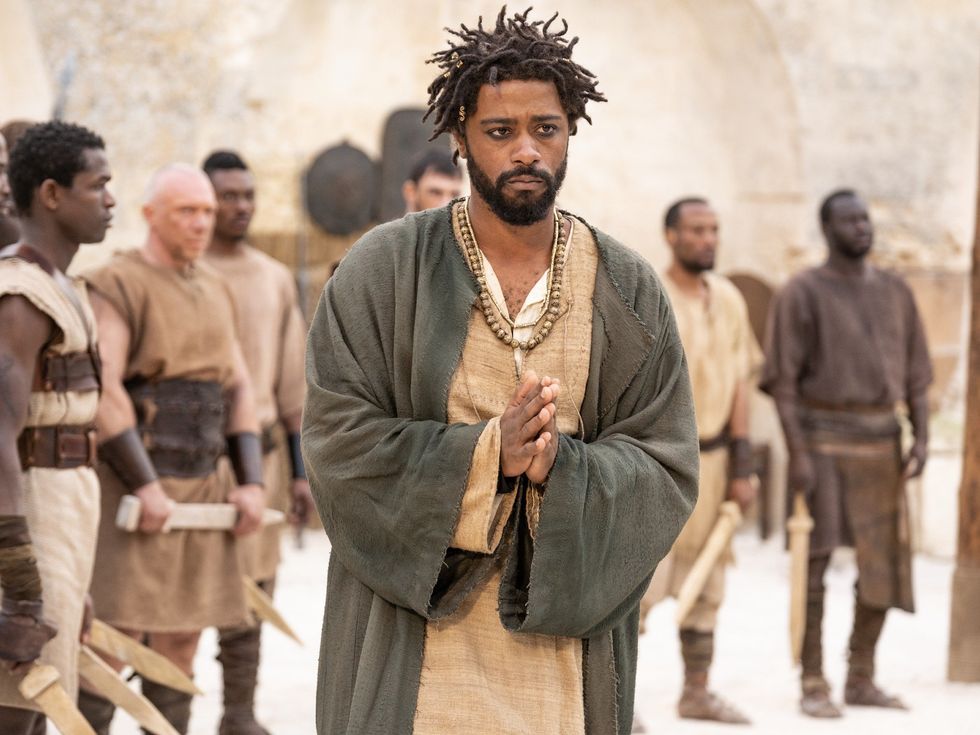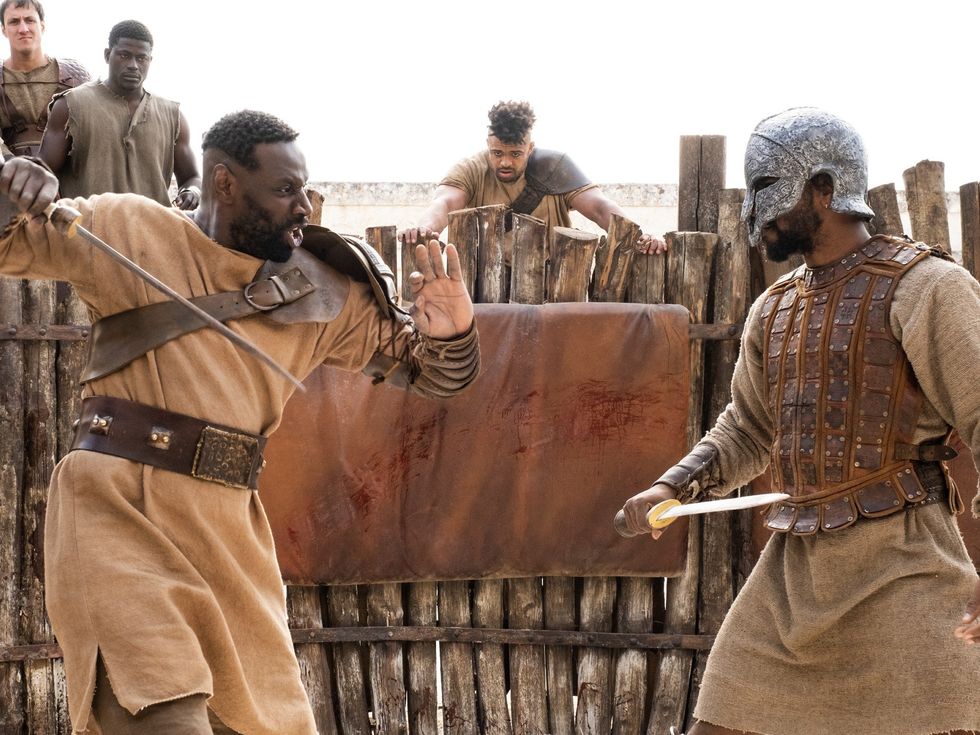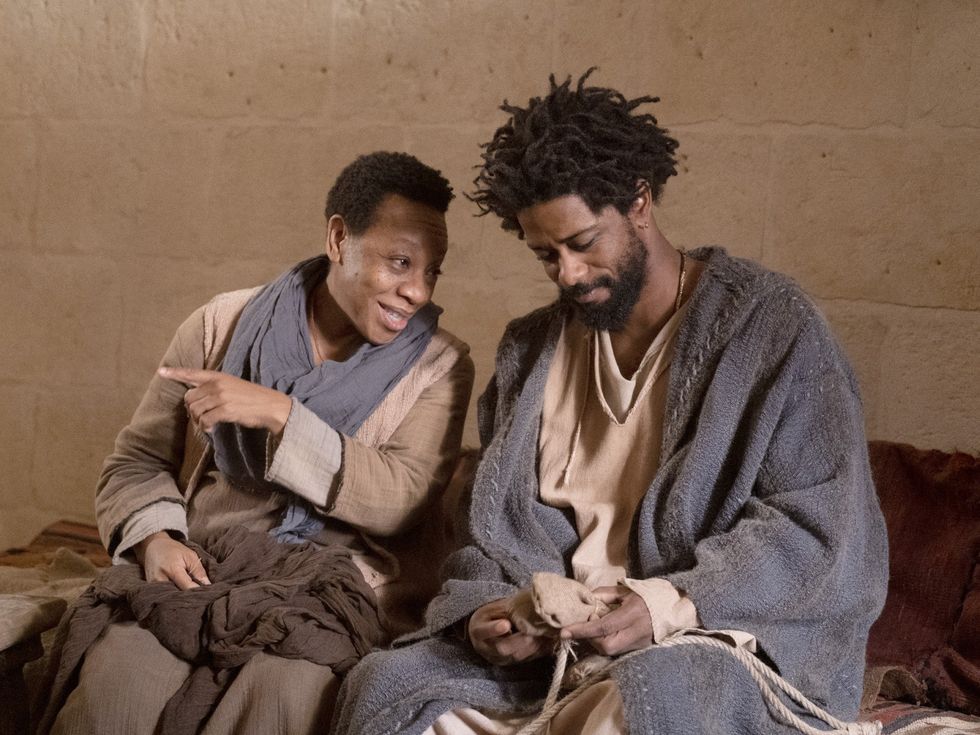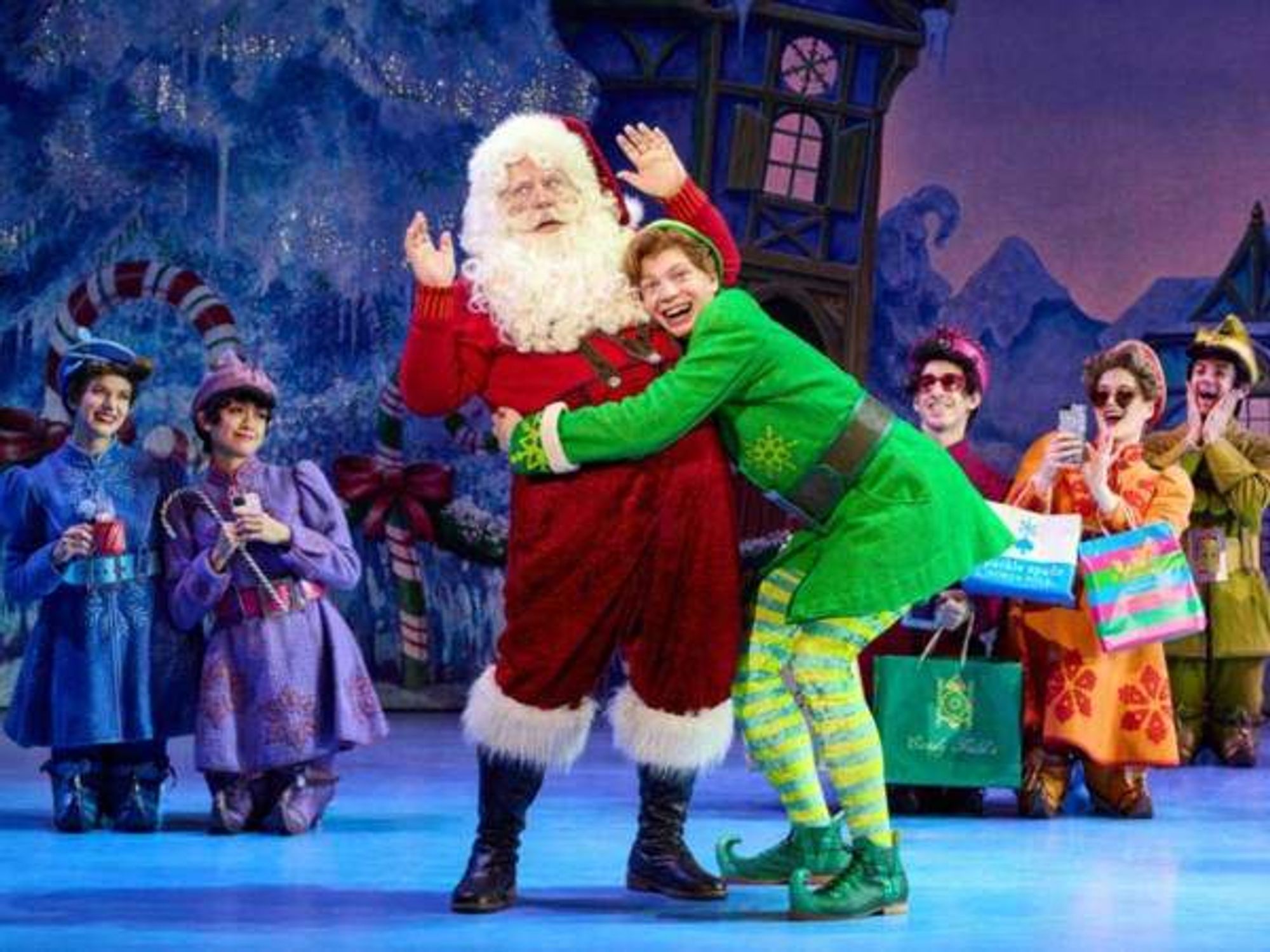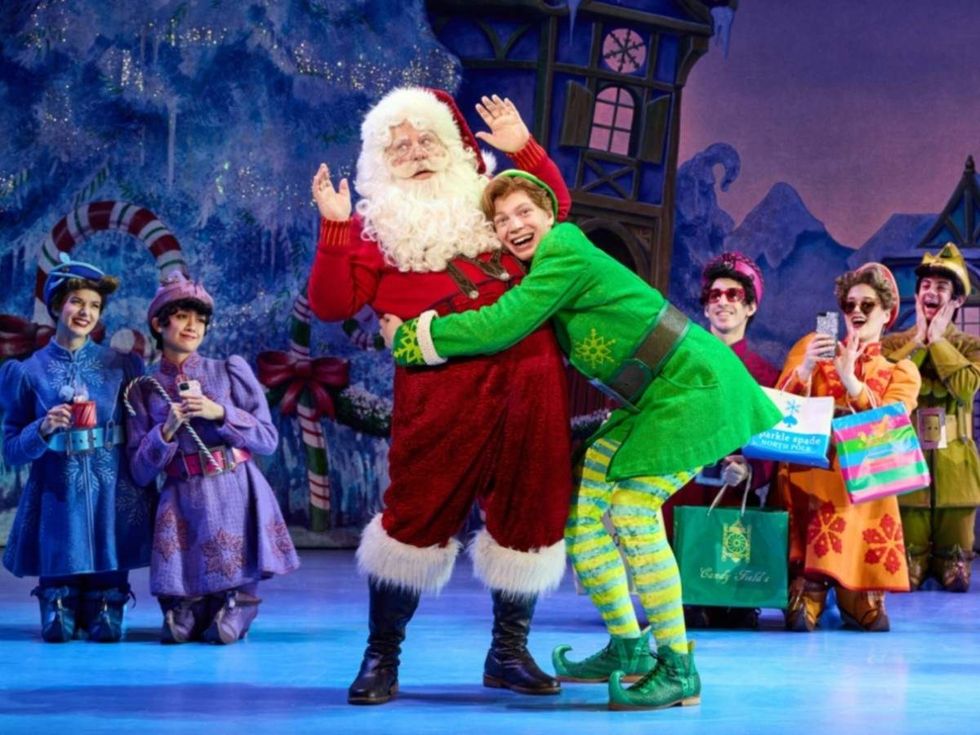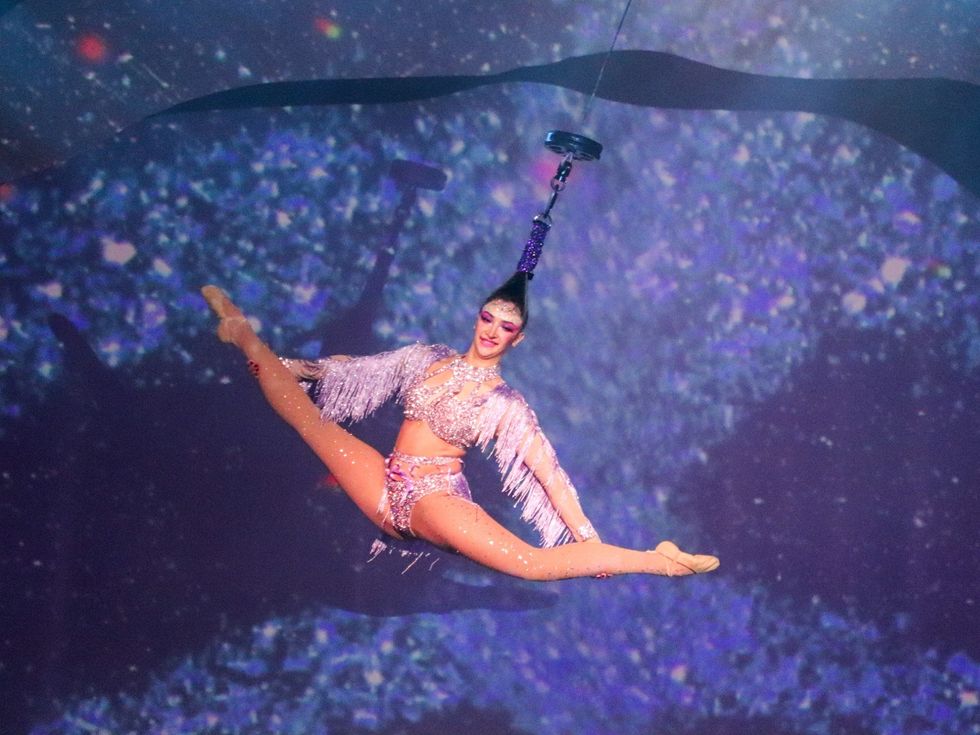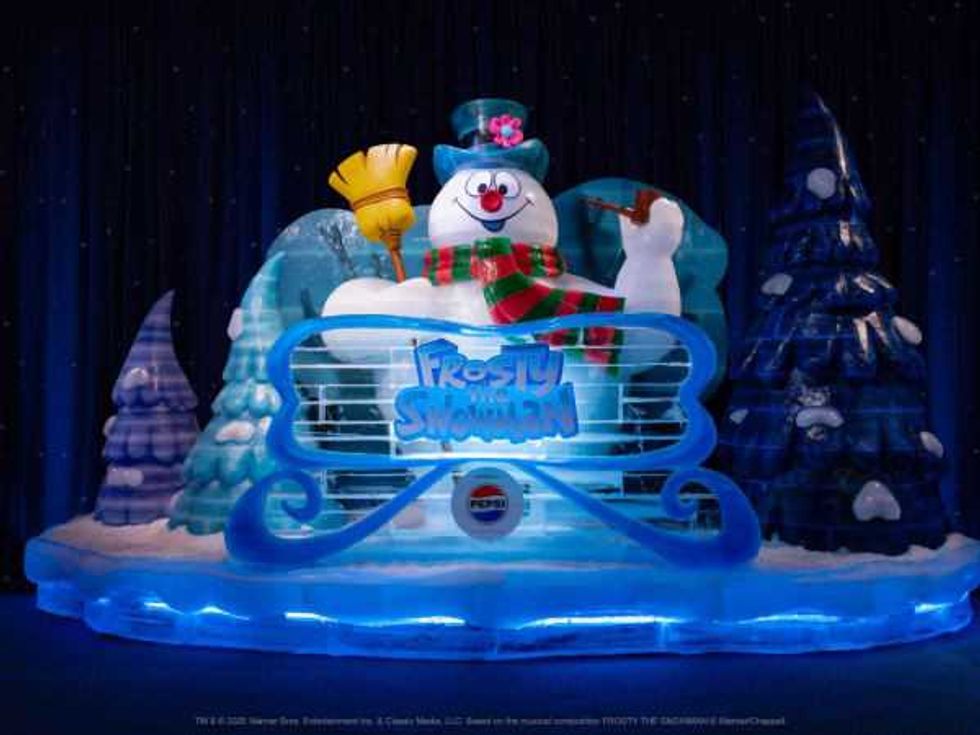Movie Review
Dramatic, contemporary The Book of Clarence flips the script on biblical adaptations
Making movies about stories from the Bible goes back to the beginning of film itself, with some the earliest ones coming out in 1902 and 1903. Some are reverential to the text, while others use the familiarity of it as a jumping off point for a different kind of story. The Book of Clarence is combination of the two, a wildly ambitious movie that tackles the Bible in a way rarely seen before.
Clarence (LaKeith Stanfield), living in the time of Jesus (Nicholas Pinnock) in 33 A.D., considers himself to be a nobody, living a life that involves little more than selling “lingon weed” with his best friend, Elijah (RJ Cyler) and misguided attempts at trying to win chariot races. A loss in one race runs him afoul of local heavy Jedediah (Eric Kofi-Abrefa), with Clarence having 30 days to repay Jedediah for backing him in the race.
Partially as a way to make money quickly, and partially because of jealousy over Jesus’ status as the Messiah, Clarence pretends to be a messiah himself, using trickery to convince people he can rise the dead, walk on water, and more. But his ruses start to gather the attention of the Roman authorities, led by Pontius Pilate (James McAvoy), and he soon finds that being a somebody may be more than he wanted.
Written and directed by Jeymes Samuel, the film defies categorization. On one hand, it flips the script on the typical Bible adaptation, using a primarily Black cast, pointed allusions to modern-day society, and a hip-hop heavy soundtrack. On the other, Samuel clearly wants to remain faithful to the spirit, if not the letter, of the Bible, as much of the film is taken directly from the Gospels, with tweaks to fit the story he’s telling.
While the film does dip a toe into comedy on occasion, it is striking how straightforward and dramatic it is as a whole. Clarence and Elijah may be stoners of a type, but even they can’t help but be swept up in the religious fervor surrounding Jesus. Samuel also includes scenes that echo the racism and abuse of authority experienced by Black people in the 21st century, adding to the overall serious nature of the film.
Filming in Matera, Italy, Samuel and his team make great use of seemingly ancient architecture and the unique layout of the city. This especially comes into play during the opening chariot race and other action scenes, which give a different dimension to the type of story being told. The production design as a whole is impressive given that they were likely working with a relatively small budget compared to other studio films.
Stanfield has been an actor to watch since his debut in Short Term 12 in 2013, and he brings a quiet strength to the film that elevates his part. He’s supported by a variety of equally strong actors, including Alfre Woodard, Marianne-Jean Baptiste, David Oyelowo, Omar Sy, Pinnock, and more. The film’s two prominent white actors – McAvoy and Benedict Cumberbatch – fulfill their roles without overshadowing any of the main Black actors.
It’ll be interesting to see how The Book of Clarence is received, as it seems to fall somewhere in the middle between religious and mainstream entertainment. In Samuel’s two feature films – he also directed The Harder They Fall in 2021 – he has shown a penchant toward upending genre expectations, with intriguing results both times.
---
The Book of Clarence opens in theaters on January 11.
